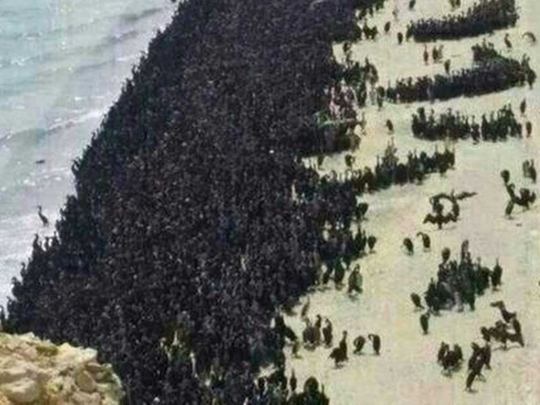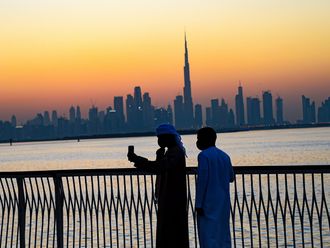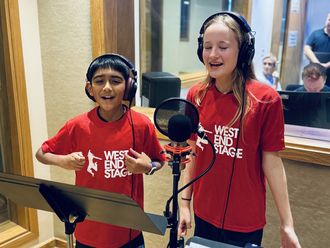
Ras Al Khaimah: Thousands of migratory birds have been spotted in the coastline of Ras Al Khaimah recently.
The great cormorant, from species “Phalacrocorax carbo”, landed from the acute chill of the frozen seas to comparatively warmer waters of the Arabian Gulf in search of food and comfort, according to an expert.
Dr. Saif Al Ghais, Executive Director of Ras Al Khaimah’s Environment Protection and Development Authority, said during the winter migration period, the UAE has always featured as a stopover for thousands of birds due to the warm climate it offers.
The great cormorant is a large black bird, but there is a wide variation in size in the species wide range. It feeds on the sea.
The birds migrate in winter along any coast that is well-supplied with fish. They breed mainly on coasts, nesting on cliffs or in trees (which are eventually killed by the droppings), but also increasingly inland.
Bird watching in the UAE helps boost tourism, with "birders" travelling specifically to 'twitch' birds — a birding term for spotting a bird already seen by others.
The Khor Al Beida in Ras Al Khaimah, where mangroves provide the perfect resting place for waders to feed and spend the winter, hosts more than 140 species of birds.
Birds like Crab Plovers, a big black and white wader or shorebird, is frequently seen there. Another birder recently spotted a Red Knot, which breeds in Siberia and has only been recorded a few times in the UAE.
Great cormorants
-
The great cormorant can dive to considerable depths, but often feeds in shallow water.
-
Female lay three to five pale, blue-green eggs, becoming nest-stained.
-
Incubation is by both sexes, and typically lasts 28-31 days.
-
Both parents feed young, by regurgitation and first flight is about 50 days.
-
The young may return to nest to be fed for another 40-50 days.
- Three or four eggs are laid in a nest of seaweed or twigs.











